AI QUE CHOLO...PART II
the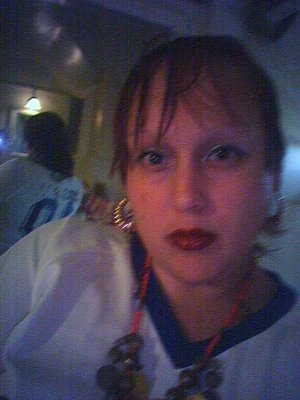
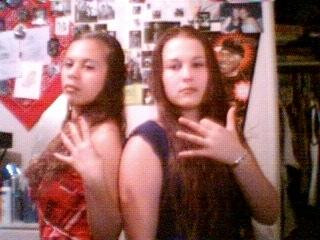
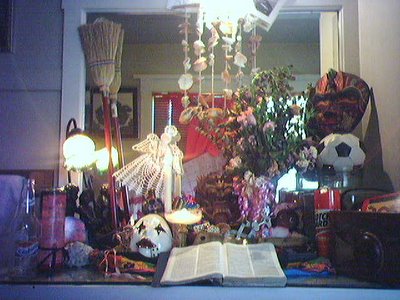
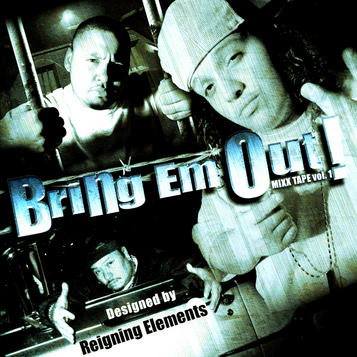
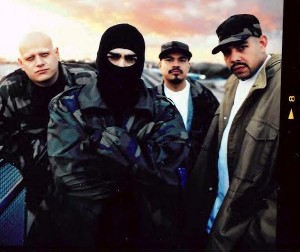
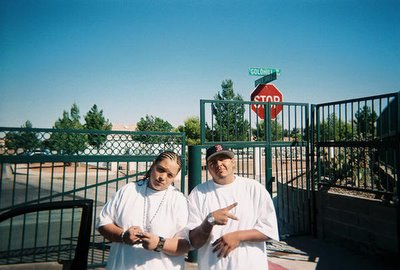


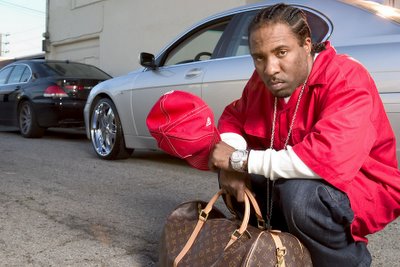



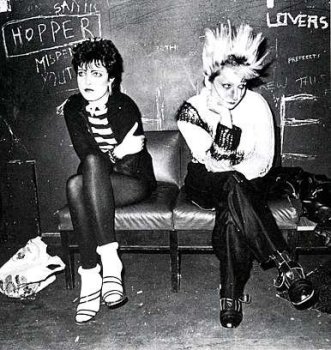
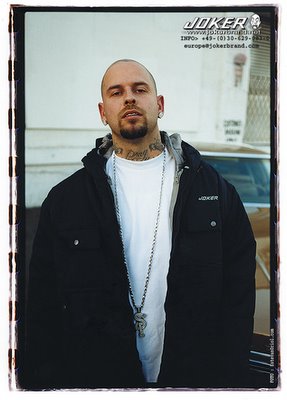
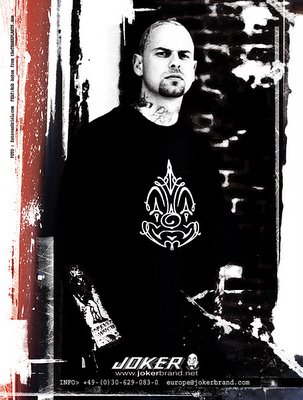
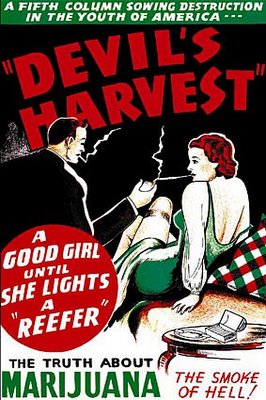
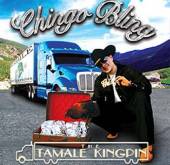
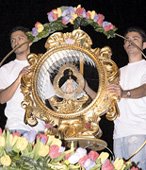

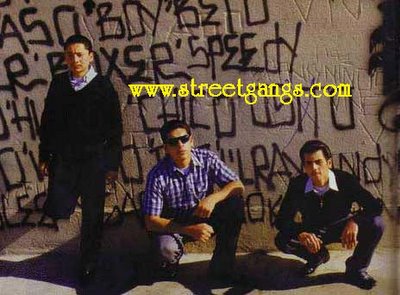

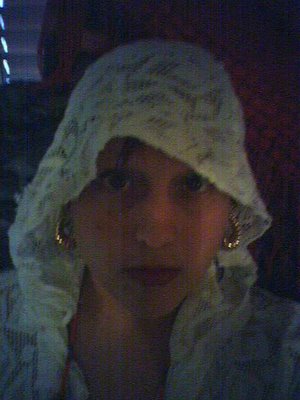
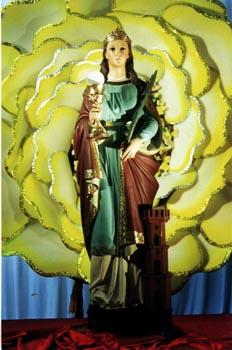



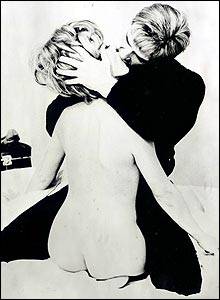
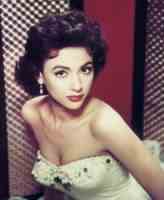

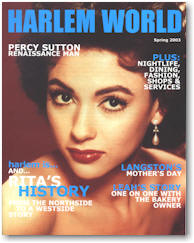
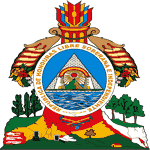
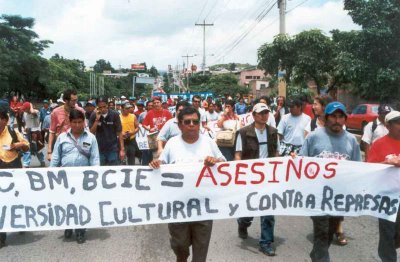

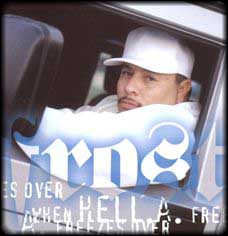
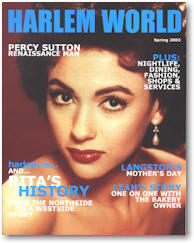

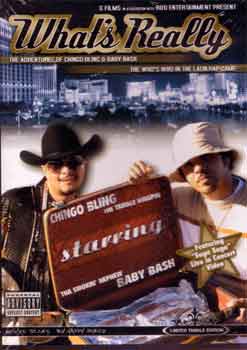
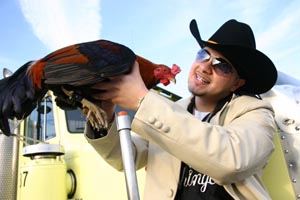


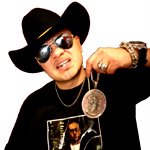



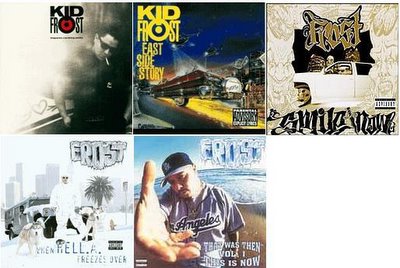

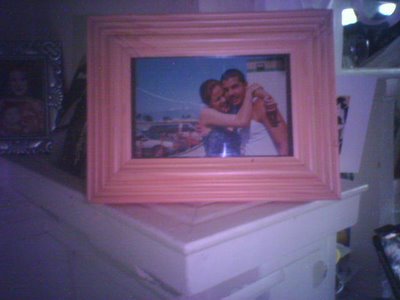
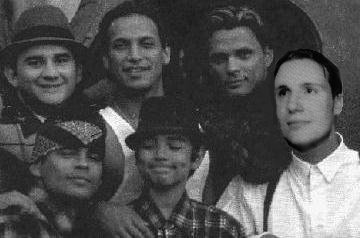
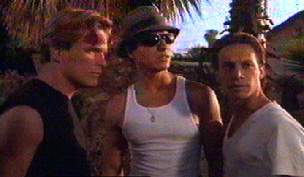



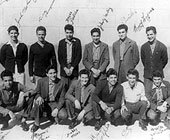
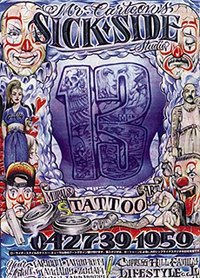

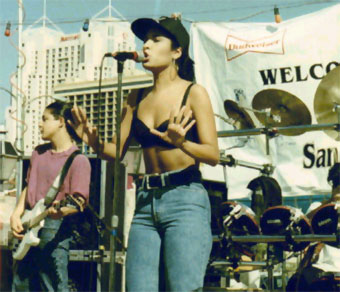




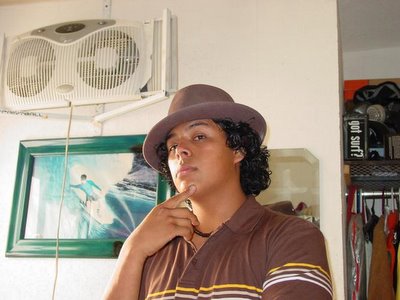


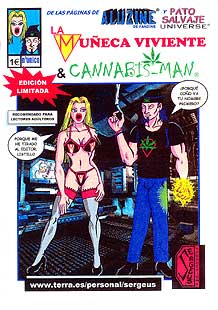
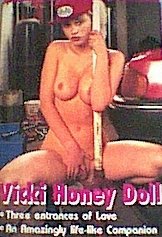

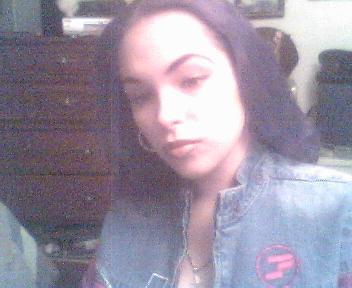
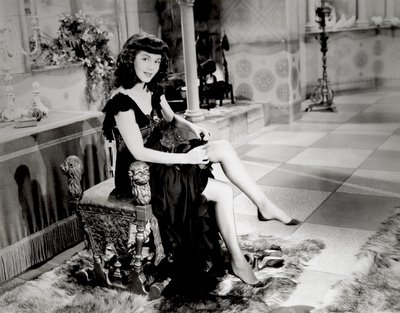
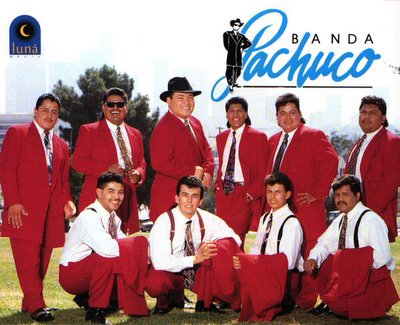



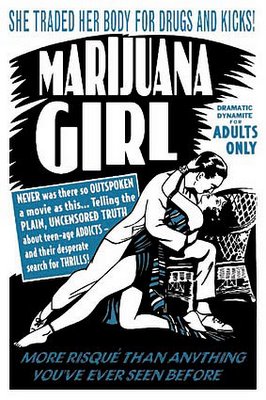
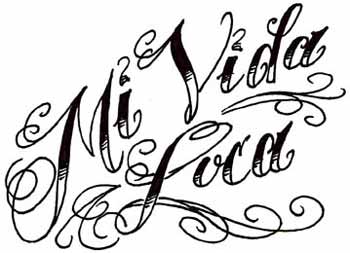
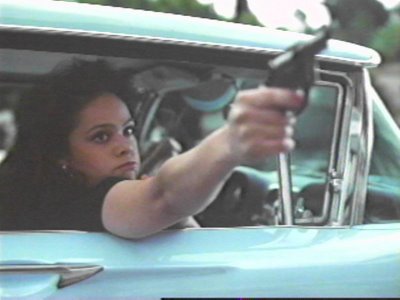

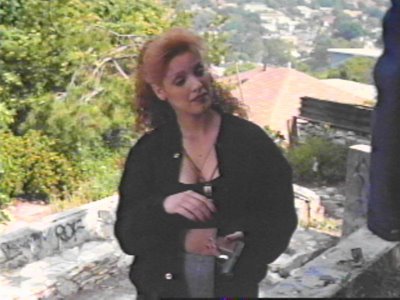


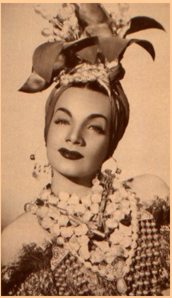
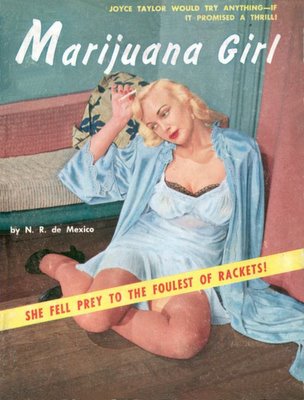
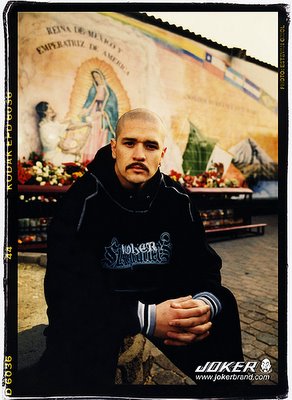
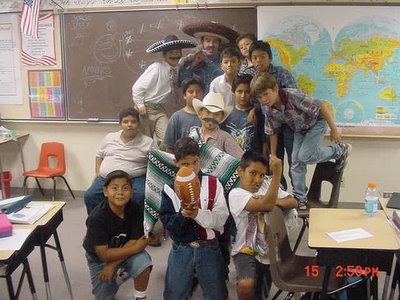
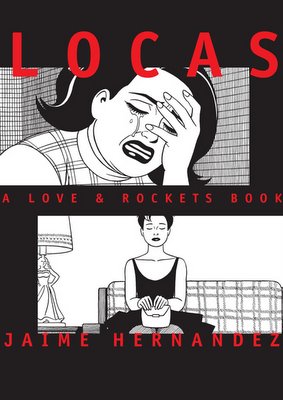
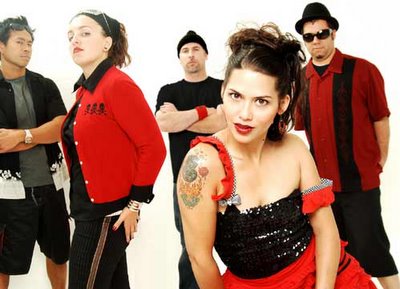


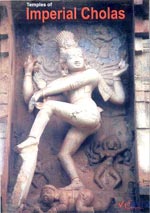
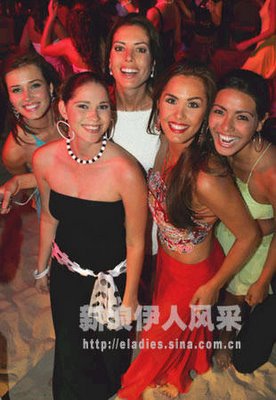

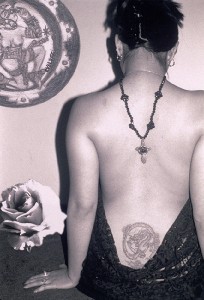


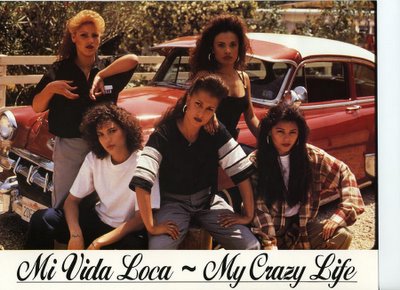

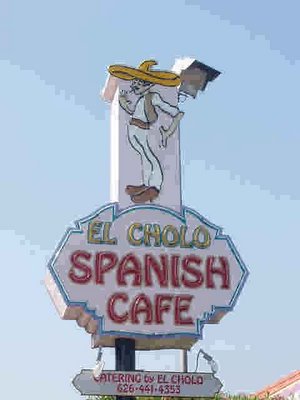
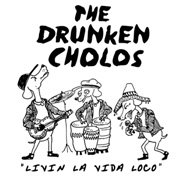




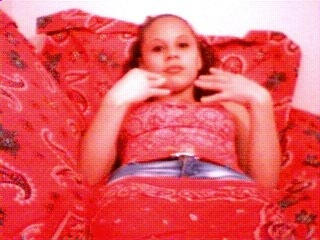

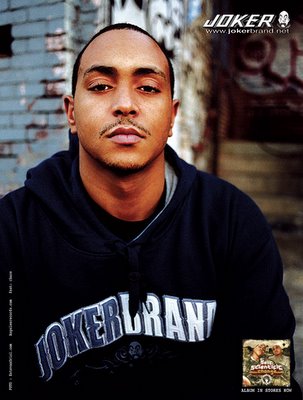

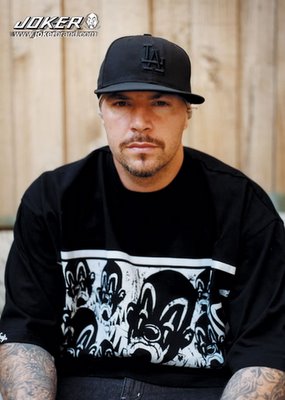

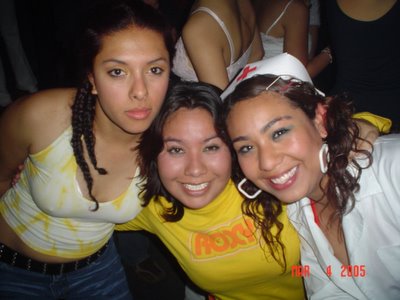



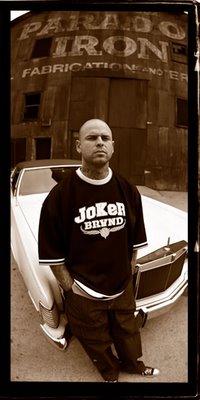



See Part I if you're stranded or confused...
Just adding some new flicks...and I found some crazy shit on the internets about the subject as well...
Thought you knew how to call a CHOLA? Check out this breakdown right here...hope U didn't forget this is HOW DID WE GET FROM THE PYRAMIDS 2 THE PROJECTS, fool. Or do you call 'em JAINAS?
The judge just signed the execution order for Cool C. Remember he used to roll with Steady B? They allegedly robbed a bank and a lady got shot, I think she was a cop... Remind you of anything?
Here's a short op-ed I wrote for STREETS MOS Magazine recently...Mira Ja Una
LADY O.G.’S
Either by her man’s side or up against an enemy on her own, a lady gangster has to wear a lot of hats. Back in the days, 1980s L.A., cholas, lady Bloods, Cripettes, pinay, and even female members of car clubs or “bike gangs” often join a set not because they live in a certain ‘hood or even based on being Black, Mexican, Asian…some females join to survive, to have a family in the streets; but many women come in contact with a set, as a member or an associate, or a hoe, because of their man.
Say what you want about Lil’ Kim, I say she’s reppin lady gangsterism to the fullest because she’s taking 366 days in prison rather than run her mouth or snitch. With so many male rappers snitching these days, on the record and on wax, Kim knows what it is to be a lady gangsta, and stick by her man’s side, or her homeboy’s side – whatever the case may be.
Still, it’s important to recognize and laud the lady gangsters who came before we did; and Lil’ Kim embodies the younger generation’s Brooklyn hood legend, the original Queen B. Queen B would rock colorful fur coats with matching wigs, not because she had a photo or video shoot, ‘cause she was a real lady baller doing big things. Like the original 50 Cent, Queen B made her name ring bells through her immaculate hustle game and fame attained moving things.
Some of these chicks out here calling themselves the “first lady” of a clique, crew or record label should think twice before assuming that position. When things went down with The Inc., Ashanti was adamant that she didn’t have anything to do with anything. If she was a for-real down ass chick, she’d have done a skid bid in Downstate Correctional facility and kept it moving. Olivia might be the first lady of G-Unit, but Foxx from M.O.P. is the only first lady of shit I’m seeing in the industry these days.
Peace to the lady O.G.’s in the streets.
PEEP THIS ARTICLE below...explains some of the connections...Street Gangs, Hip Hop, Social Justice, Grassroots Organization, Cholos/Cholas, Music and Entertainment Industry, Youth Upliftment, L.A. ...>
The Pico Youth and Family Center Opens in Santa Monica
By Alejandro A. Alonso Staff writer for Streetgangs.com Magazine January 26, 2002
Santa Monica, CA --Last week on January 19, 2002 The Pico Youth and Family Center (PYFC) was open to the public and the community of Santa Monica after much effort and obstacles.
Oscar de la Torre, the founder and the director of the new center and a long time resident of the Pico Neighborhood in Santa Monica mentioned that "Peace, Community and Social Justice" will be the theme to the new center. The center is open to the local youth between the ages of 16 - 24, and it's focus is towards the low income and troubled youth that are affected by crime and gang pressures in the area.
Oscar de la Torre in his office at the new center
Because the city of Santa Monica has many services for grade school youth, de la Torre set this center to focus on young adults, those that are most vulnerable to street influences. Although Santa Monica and the surrounding areas are primarily affluent communities there is persistent poverty and several gangs in the area, that at times, are involved in serious violent feuds. Santa Monica 13, West LA Sotel 13, Venice 13, and Culver City 13 are among the Latino gangs that have been involved in large scale conflict in recent years that have impacted this community directly. There are also two black gangs in the area, Venice Shore Line Crips located a few miles north of the new center and Grave Yard Crips located just south of the center.
Hip Hop is one of the ways that the center will reach the youth in the community. Inside is a wall with graffiti art.
The violence that plagued the community throughout the years and that hit hard in October of 1998 prompted de la Torre and others to organize a vigil for peace in the Pico Neighborhood. There were five homicides in October of 1998 alone and Santa Monica has seen twenty-two homicides between 1989 - 1998 where a majority has occurred in the Pico Neighborhood. This small community stretches from 16th to 23rd Streets, north of Pico Blvd and includes 94% of Santa Monica's black and Latino population. After three years of advocacy and meetings, community leaders were able to convince the Santa Monica City Council to expand funding to support the PYFC to provide services to the community. A diverse group of community individuals pushed the grass roots effort to fruition after the first initial collaborative failed, but in 2001 they received the support of the City. The city of Santa Monica, which has a $330 million annual budget of which 27% is used for law enforcement, where able to dish out some funding for the new innovative youth center. In June 2001 the youth center received a start up grant for $41,764, then a few days later the City Council approved $318,000.
Art that show the proud history of people of color can be seen in the lobby area. Cesar Chavez, head of the United Farm Workers
The center, aimed at addressing youth gangs and violence prevention, has hours strategically selected to be most effective in the after school and evening hours. The PYFC provides supervised activities from 10:00 am to 6:00 pm (Monday - Thursday) and 12:00 pm to 10:00 pm (Friday). The new youth center includes DSL internet connected computers, a tutoring center for the youth to study, and a small recording studio equipped with two turntables and a beat machine. The center also includes a 51-inch screen with Direct TV. But the PYFC also partners with community agencies to provide job development, links college students with high school students, and develops leadership skills with the youth. Through community workshops and conferences, youths will engage in team building, conflict resolution, and cultural awareness. Although the center will provide a variety of technological tools for education, de la Torre states that "its not just about providing services but developing leadership." As a former counselor at Santa Monica High School, de la Torre pledges that counseling is among another of the important services that the PYFC will provide through a partnership with Saint Johns Child and Family Development Center. The main goal with counseling is to provide youth with effective communication tools, to manage anger and to develop more meaningful relationships among peers.
The recording studio is where the youth will learn about music production from trained professionals.
Oscar de la Torre states that this center and others like it can be considered a financial investment for all those that support it because of the potential crime prevention that it will be responsible for. According to research, centers such as the PYFC, can have positive impacts on the community by educating youth, building character and self-esteem, stimulating thought and creativity, and teaching new technology skills. During this process, much time that might be wasted in socializing on the street, dabbling with drugs, interacting with gangs, and coming into contact with law enforcement, and risking incarceration would save the tax payers and the community thousands of dollars every year for every youth that the center can positively impact.
Malcolm X art to recognize the leadership that individuals in the past have possessed.
In addition to the financial support, de la Torre has received much moral support from the community and elected officials. On the opening day those that showed their support included Mike Feinstein the Mayor of Santa Monica, along with Dr. Piedad F. Robertson, the president of Santa Monica College, California State Senator Sheila Kuehl, three City Council members and a school board member. It was the most elected officials that de la Torre had ever seen in one place in Santa Monica in all his years there, but the unfortunate side was that other than STREETGANGS.com, there was no significant media presence to cover this event. Press releases were sent but it did not garner enough publicity to be covered as a relevant event in the community. De la Torre states that the absence of any media coverage "is a testament to the racism that still exists within the media."
Although the Santa Monica City Council has funded the PYFC, that is in partnership with Woodcraft Rangers, a non-profit organization that has been operating for 78 years they are seeking volunteers and any assistance to keep this center open and to ultimately operate independently. To make a tax-deductible donation or to volunteer, call the center at 310-396-7101 or visit the center at 828 Pico Blvd in the City of Santa Monica.
Mr. Alonso can be contacted by email by viewing his extended contact information.
Back to 2002 News Back to Main News Topics Home Research History Blood Gangs Crip Gangs People in LA Life in a Gang Gallery Memorial Migration Graffiti Resume Injunctions Gang TapesHomicides Maps Prison Connection California Prisons Contact
Finally, an article on Cholos en Espanol...Conseguir un Barra!
Esther López-Portillo
De grupos a grupos
Los cholos forman parte de los grupos de población estadounidense de ascendencia mexicana que residen en Estados Unidos. De acuerdo con ciertas clasificaciones realizadas por investigadores de los grupos migrantes, las personas que se identifican como mexicanos son los recién llegados a Estados Unidos; los que tienen una orientación mexicana son quienes, habiendo nacido en México, han vivido en ese país la mayor parte de su vida por lo que tienden a ser bilingües; los mexicoamericanos nacieron y crecieron hablando inglés; los chicanos forman parte de por lo menos la segunda generación nacida en Estados Unidos pero de origen mexicano, y los cholos representan una identidad que no es mexicana ni americana: su filiación tiene más que ver con el barrio y la pandilla que con un sentido nacionalista, aunque retoman elementos de lo mexicano para elaborar su simbología.
Desde el principio
El movimiento cholo nació en Los Ángeles, California, en la década de los setenta. Hace más de un siglo y medio muchas familias de hispanos, sobre todo mexicanos, comenzaron a emigrar a los Estados Unidos en busca de mejores oportunidades de vida. Al establecerse los grupos de migrantes, principalmente en el sur del país, fueron marginados por amplios sectores de la sociedad norteamericana, principalmente por motivos raciales.
En respuesta a la discriminación surgieron los cholos, como una manifestación de los sectores chicanos y mexicanos. Este movimiento fue motivado por la construcción y afirmación de la identidad individual y de grupo. Así los cholos retomaron diversos símbolos relacionados con imágenes o iconos representativos de la cultura mexicana como la Virgen de Guadalupe, los líderes de la Revolución, elementos de diferentes grupos étnicos del país y símbolos de diversas culturas prehispánicas.
Los vínculos y la simbología se ampliaron paulatinamente porque el grupo encontraba que estos elementos los identificaban y cohesionaban; así el principal referente fue la vestimenta y el lenguaje que, de algún modo, dejaba ver el origen mexicano. Ver comentarios
Índice del texto: 1 2 comentarios


0 Comments:
Post a Comment
<< Home